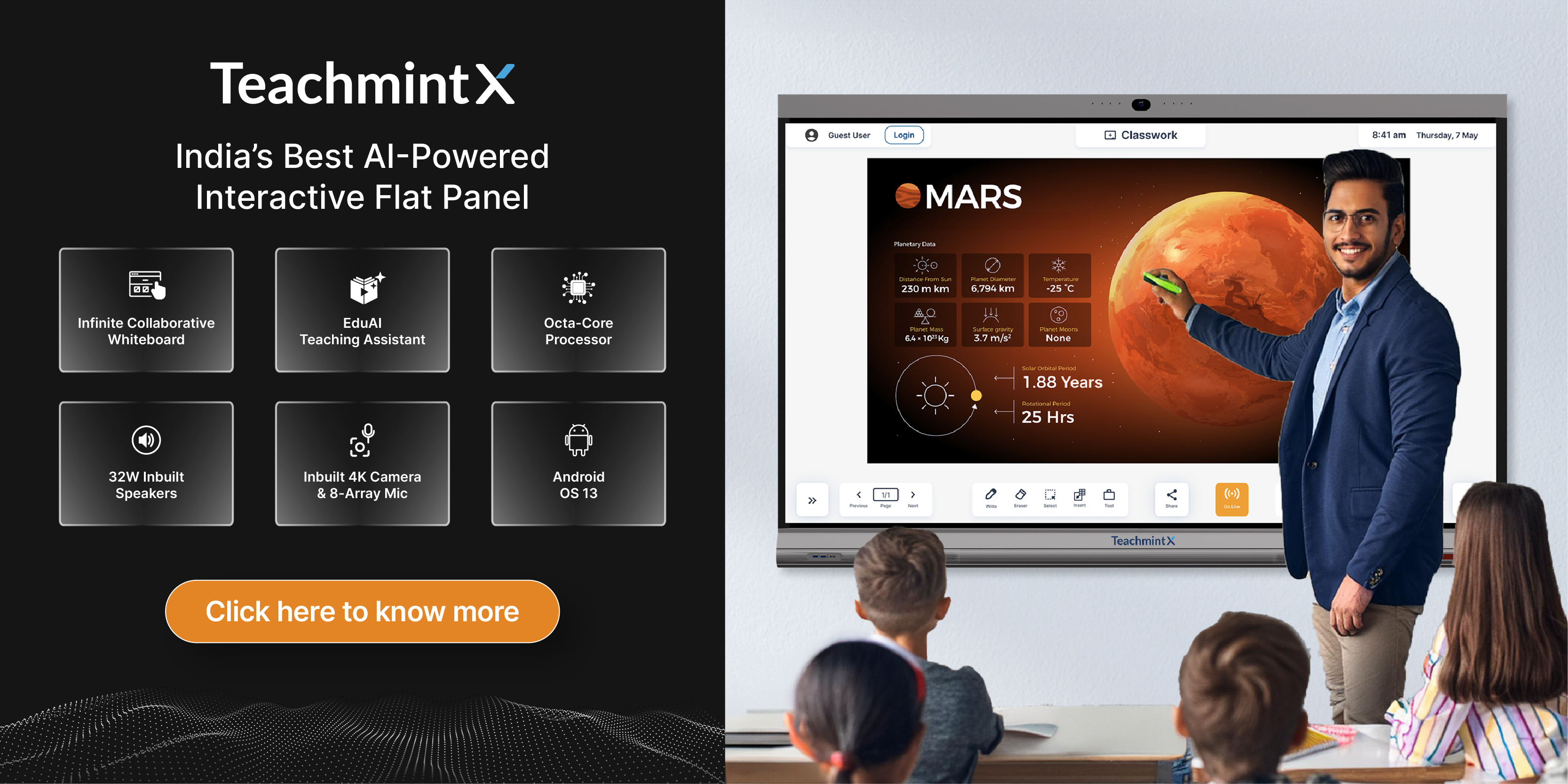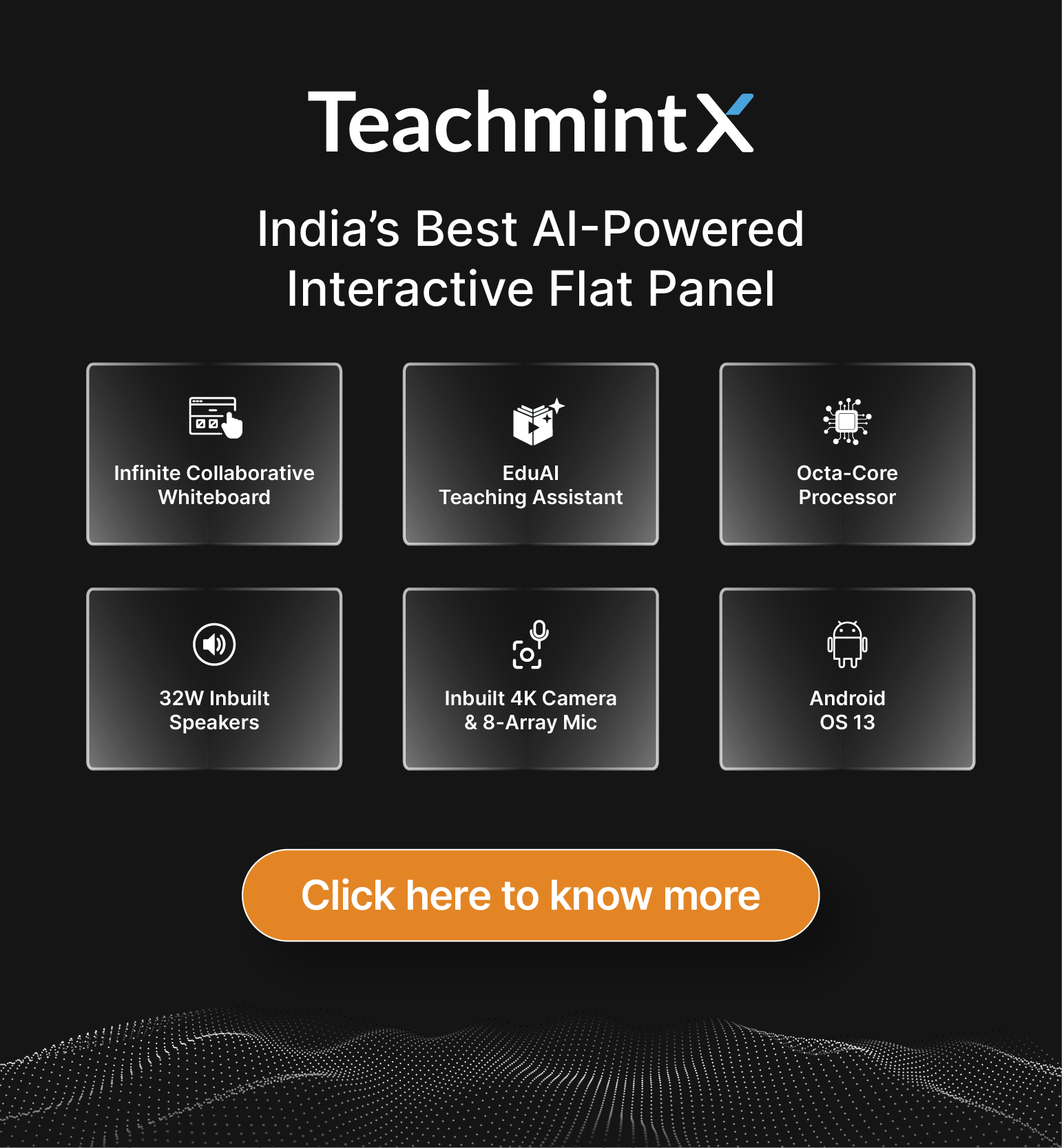What is teaching learning process?
Teaching learning process can be explained as a systematic and planned course of action for the teacher and the students such that the best possible outcome of teaching and learning can be obtained. It is a Combined process where a teacher assesses understanding needs, establishes particular learning objectives, formulates teaching and memorizing strategies, enforces a plan of work, and assesses the outcomes of the instruction. Teaching is the process of heeding to people’s needs, experiences and feelings and interfering so that they learn specific things. The major function of education is to make learning beneficial and meaningful. This process would get completed as an outcome of teaching.
Many people wonder what is teaching learning process role in the life of teachers and students. The concept of teaching learning process is pretty clear, it simply means the interaction between teachers and students where they exchange knowledge and wisdom between themselves. This concept of teaching learning process really helps the students in their journey of learning new skills and the real-life knowledge, and experiences from their teachers.The Concept of teaching learning process is to help both teachers and students in their journey of exchanging knowledge. Many people wonder what is teaching learning process has to skills and attitude, many times The concept of teaching learning process helps in gaining something which is extraordinary.
Understand and digitize school operations with Teachmint and its features like the performance management for efficient school management.
So, the processes are nearly related to each other. Teaching is a method in which one individual teaches or advises another person. The role of the teaching learning process is very significant in the modeling of adolescents to serve better human beings in the nation as they are going to direct society once they are mature. This process exemplifies the channel of contact through which the individual strives to develop the methods, skills, proficiency, attitude, integrity, and appreciation, that are vital for enduring in the information age. The teaching-learning, therefore, serves as a process by which changes in behavioral structures are produced through occurrence. The teaching learning procedure is rendered through teaching, the teaching process is the configuration of the atmosphere within which the learners can interact and study how to learn. The technique of teaching-learning goals at the transmission of knowledge, imparting skills, and building of attitudes, values, and nature. Educationists have been striving to assess the learning process in terms of the provisions of the individual and community.
Teaching learning process consists of various variables, and these variables interact with each other. The learning process consists of factors like:
Constructivist Theory: It is a learning strategy to improve the existing knowledge base of students. They learn new things and update themselves in addition to the knowledge they are holding with them.
Experiential Learning: The term is coined to explain the importance of experiences in the learning process.
Cognitive Learning: It is a learning method that focuses on learning through listening, watching, touching, or experiencing.
Teaching-Learning Strategies
The most prominent teaching-learning strategy is the 6E+S model of instruction. It includes various components including:
Engage: This activity is meant to increase the connection between past and present learning experiences. It focuses students’ attention on the learning outcomes. This is the first step of the learning cycle where a teacher tries to analyze and gain an understanding of the student’s knowledge and abilities.
Explore: Here, teachers encourage students to look at the topics more closely. They give the necessary direction to students and help them dive deeper into a topic. This step involves a good interaction between the student and teacher. Students get to explore new concepts and activities through concrete learning experiences.
Explain: In this activity, students explain the topics they have been exploring. Students can verbalize their understanding in this activity and ask all the questions and queries they have regarding the topic. This step boosts understanding of the students and makes learning more engaging and helpful.
Elaborate: Teachers encourage students to work directly on the given assignment. This activity involves asking students to give presentations on the topics discussed. This step helps the students to cement their knowledge before the actual evaluation.
Evaluate: In this step, teachers evaluate the knowledge and learning process of students. The evaluation is based on the assignments submitted by students. This is one of the most crucial steps of learning.
Extend: It helps students extend their understanding and use them in real scenarios. Under this activity, the students can apply the theoretical knowledge they have learned in real-life situations. This can help them develop a better and deeper understanding of the concepts.
Standards: The lesson plans are standardized according to the education plan laid down by the government authorities.
It is important to understand that this combined process has a lot of advantages for the teachers allowing them to both learn and teach new skills to the students. It is important to consider the fact that the educational market has been changing significantly over the years with new skills and Technology entering the market. At this point, it becomes very difficult for the Teachers to devote time completely towards learning new skills, without providing the same commitment towards teaching the students.
Understand the difference between B.Ed and BTC. Also, read everything about the Teachers’ Eligibility Test.
Through the use of this process, it becomes easier to manage this object because the teacher cannot only understand what kind of needs are required in the classroom but also prepare themselves to manage the new curriculum. The advantage associated with this method is that it allows and promotes adult learning and creates a healthy environment that fosters the development of positive attitudes and values. At the same time, it also plays an important role in the development of oral presentation skills which has several benefits for teachers.
As the influx of new technology in education has been increasing, this means that the teaching learning process of the teachers also needs to be modified. There is a significant difference between traditional methods of learning and digital methods of learning. The traditional methods are mostly associated with helping teach students through the use of books and other print materials. However the same is not true for Digital education because it makes use of various digital tools so that a better experience can be provided to the students. In this way it becomes easier for the teachers to keep the students engaged and motivate them to study hard.
What is teaching learning process advantages and advantages behind the concept of teaching learning process? It helps in planning instructions, interactions, assessment and feedback.
When it comes to understanding what is the teaching learning process, It is mostly defined as a systematic, sequential, and planned course of action that needs to be taken both by the teachers and the learner. However, in simple terms, it is mostly defined as a process where both the teacher and the learner simultaneously work towards achieving a common goal of teaching and learning.
There are specific steps present to help achieve the subjective which can be outlined as:
● Having prior knowledge
● Presenting new material
● Challenge
● Feedback
● Repetition
By following these five specific steps it would be possible for teachers to essentially learn how to manage the teaching learning process efficiently. It is important to understand that having prior
knowledge is necessary because it provides the foundation for the teachers on what to teach the students. Similarly, at the same time, the teachers should also have the ability to present new material that can lead to better conceptualization development in the minds of the students.
The teaching and learning process will also consist of having the ability to accept challenges in the classroom. This is because not all students will have the same capacity for learning and
As a result, it will be the responsibility of the teachers to find innovative methods through which they can support the learning of the students. receiving feedback and providing feedback or other important goals because it will provide an opportunity to improve mistakes and become more efficient. Through the following steps, it will be possible to become an efficient teacher.
It is also important to highlight that through this process it becomes possible to encourage the learners to solve problems on their own and also learn about the importance of incorporating conceptual knowledge.
So whenever someone asks what is teaching learning process , then you can simply elaborate that it is a dynamic and interactive interaction between teacher and students. It helps in processes like facilitating knowledge transfer, skill development, promoting understanding, fostering engagement and motivation, and adapting to diverse learning styles.
Know more about LMS portal and how it can help in seamless school operations management.
Learn more about Teachmint plans here.
To stay updated follow Teachmint News

